Flexible self-supporting room temperature liquid metal MXene paper for next-generation lithium batteries
QQ Academic Group: 1092348845
Detailed
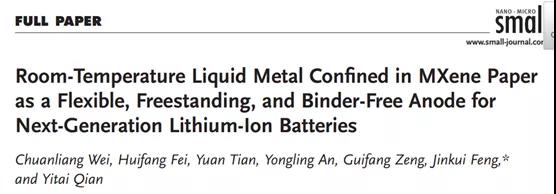
【Research Background】
After more than two decades of development, lithium-ion batteries are developing towards diversification. With the increasing demand for wearable and portable electronic devices, the development of flexible lithium-ion batteries has become an urgent need. Flexible lithium-ion batteries should be lightweight, stretchable, bendable, and foldable. Conventional lithium ion electrodes based on slurry casting technology are heavy and rigid, which limits their application in flexible lithium ion batteries. In addition, conductive materials and adhesives on non-flexible metal collectors reduce the flexibility and energy density of lithium batteries. In the past few decades, people have invested a lot of work to develop flexible electrodes. One of the effective strategies is to replace the metal current collector with a flexible conductive substrate. Carbon nanofibers, carbon nanotubes, carbon cloth, carbon paper, graphene, and MXene paper are used as flexible conductive substrates. Active materials are loaded to form composite electrodes for flexible lithium-ion batteries.
[Introduction]
Recently, the research group of Professor Feng Jinkui of Shandong University published an article in Small, an internationally renowned academic journal, entitled: Room-Temperature Liquid Metal Confined in MXene Paper as a Flexible, Freestanding, and Binder-Free Anode for Next-Generation Lithium-Ion Batteries. The research paper, this research synthesizes a new generation of flexible lithium ion battery positive electrode by combining room temperature liquid metal with MXene self-supporting film.
In this study, without adding any binder or conductive additives, the liquid metal at 3 ° C was sealed in the MXene paper substrate to prepare a lightweight, flexible, free-standing MXene / liquid metal paper. When used as the anode of a lithium-ion battery, it can provide a high discharge capacity of 638.79 mAh g−1 at 20 mA g−1. At 50, 100, 200, 500, and 1000 mA g−1, the discharge capacities are 507.42, 483.33, 480.22, 452.30, and 404.47 mAh g−1, respectively. By slightly reducing the charge and discharge voltage range, the cycle performance can be significantly improved. Composite paper also has better electrochemical properties than liquid metal-coated copper foil. This research proposes a new type of flexible anode, which is a clever combination of MXene paper and low-melting liquid metal, which lays the foundation for the development of next-generation lithium-ion batteries.
[Graphic introduction]
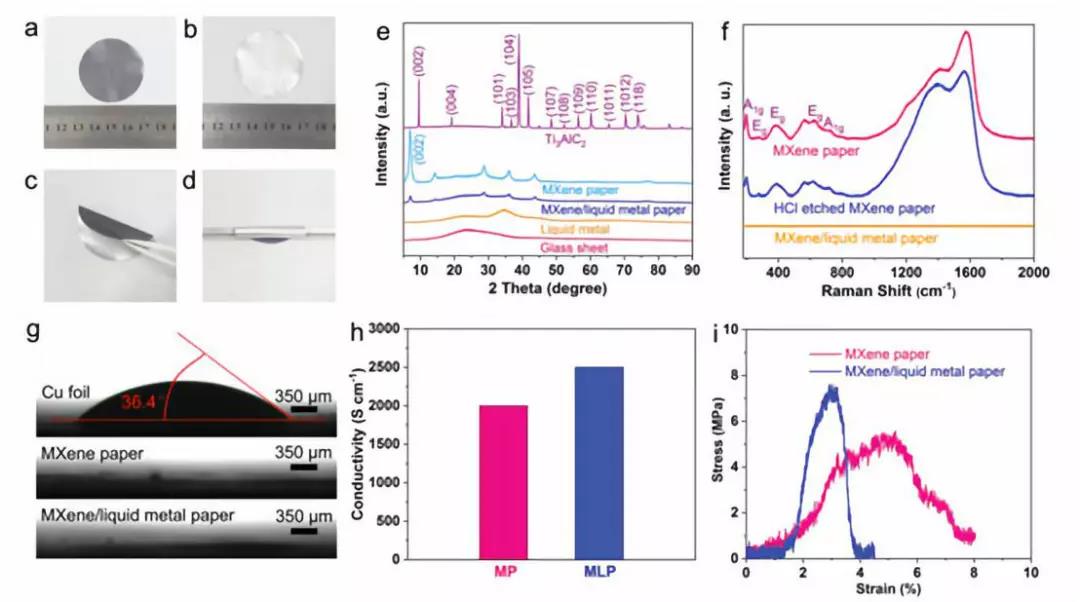
Figure 1. MXene / liquid metal paper physical characterization and related mechanical tests
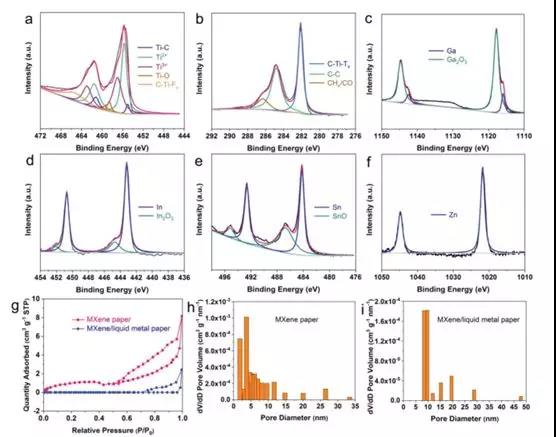
Figure 2. XPS test and specific surface area pore size test
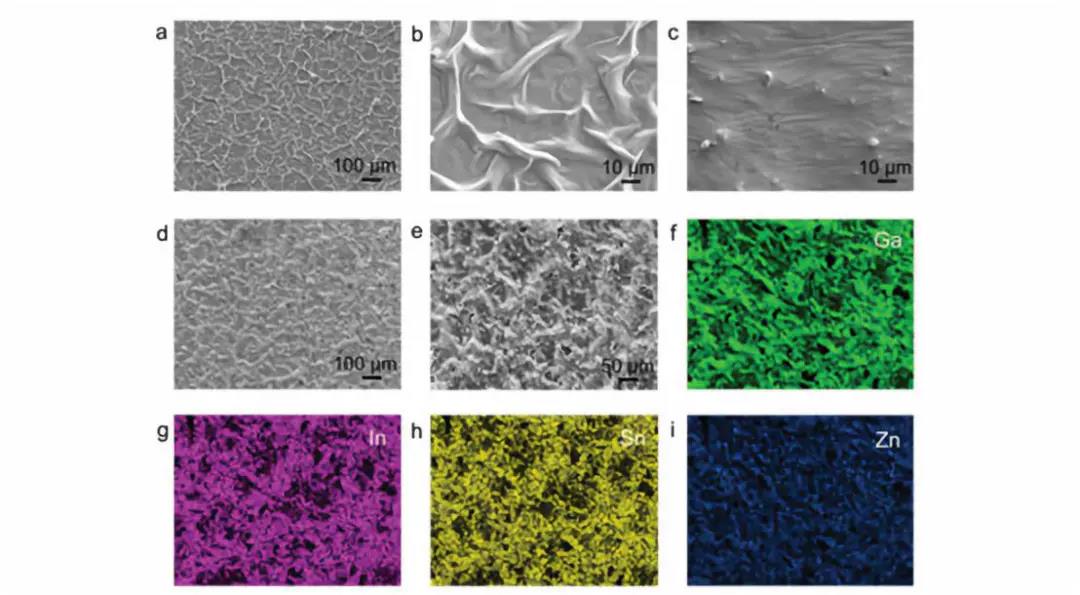
Figure 3. SEM characterization of MXene surface, liquid metal and MXene / liquid metal paper
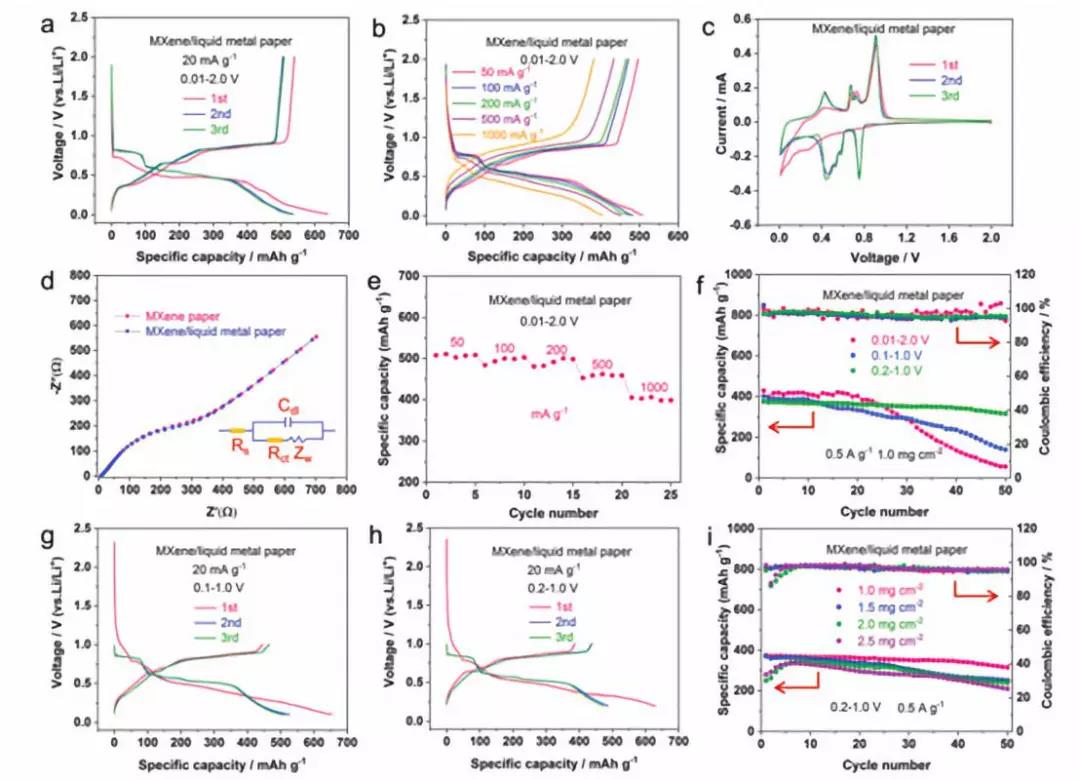
Figure 4. Related lithium battery performance test
[Summary of this article]
In this paper, liquid metal was obtained by sealing at 3 ° C in the MXene matrix, and a lightweight, flexible, free-standing, non-bonded MXene / liquid metal paper was prepared. MXene has good wettability with liquid metals, and can be easily written or painted on MXene. This composite paper is foldable, bendable and rollable without any openings. As anode of lithium ion battery, it has good electrochemical performance. The use of advanced coating technologies or modified electrolytes is currently being studied to further improve the electrochemical performance of composite paper. Other liquid metals with different melting points are also carried out in our research team. This research proposes a new type of flexible anode that cleverly combines MXene and liquid metal, laying a foundation for its extensive application in the field of energy storage.
Literature link:
https://doi.org/10.1002/smll.201903214
Source: WeChat public account MXene Frontier
- Previous: High performance MQW p
- Next: 1


 About us
About us